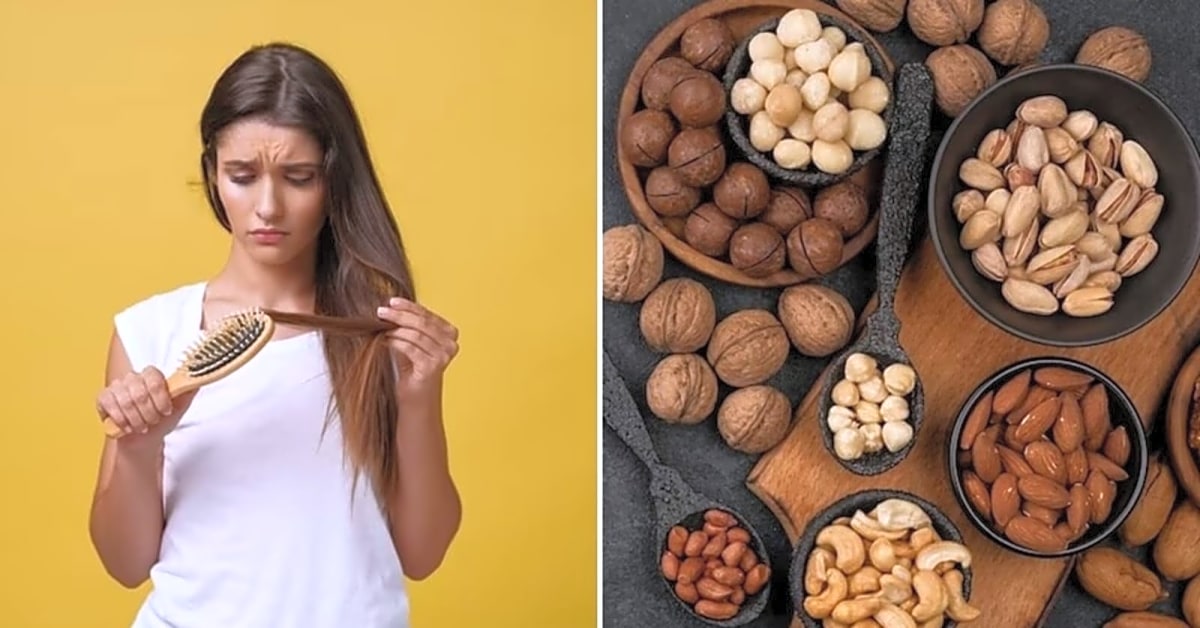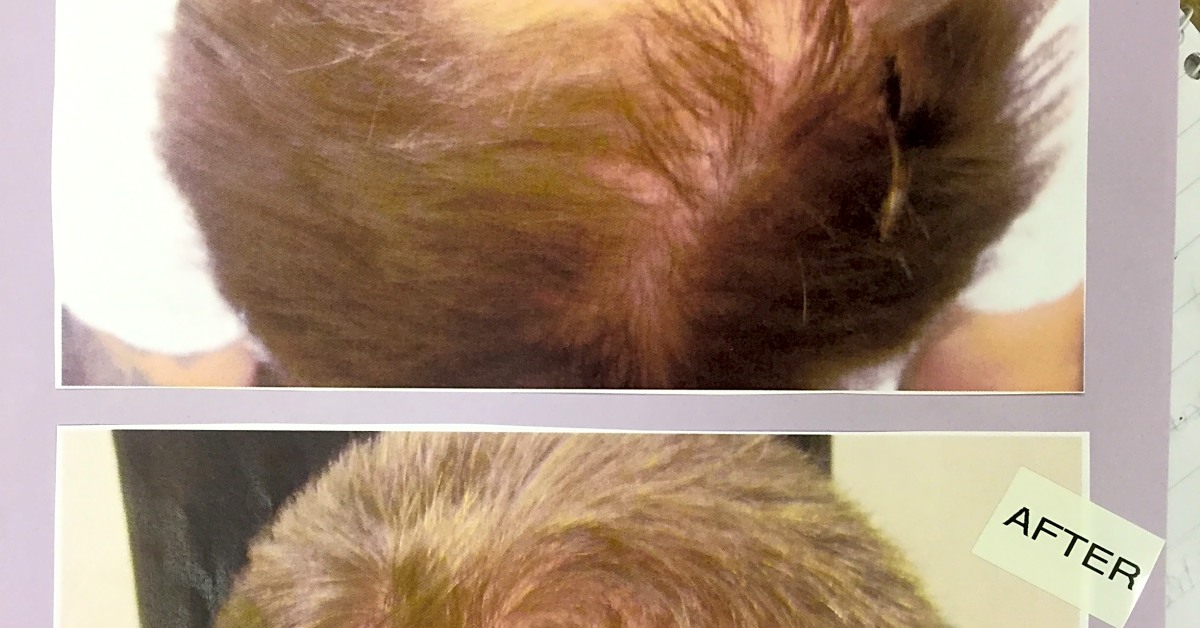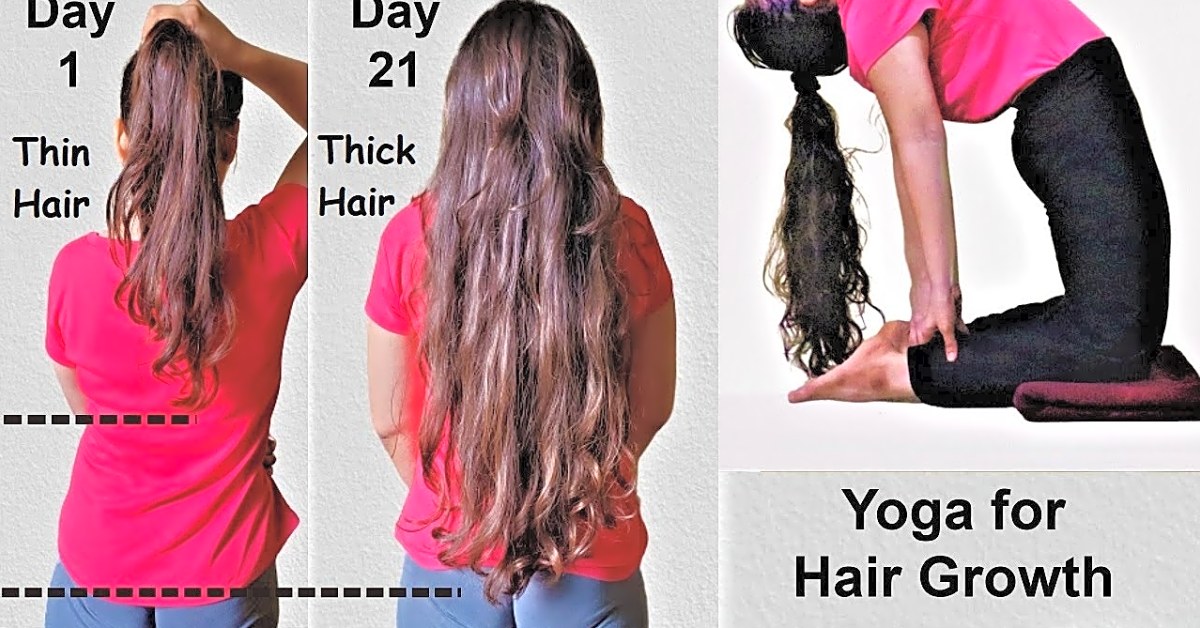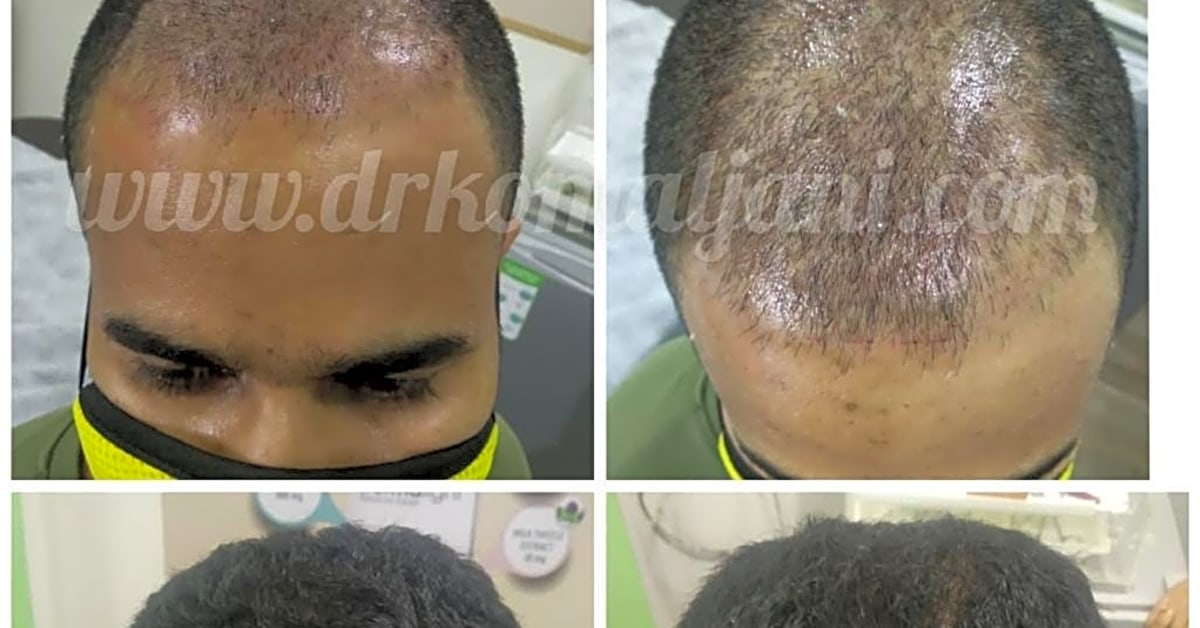Maintaining healthy and beautiful hair is a goal that many of us strive for. It’s no secret that our hair is an important part of our appearance and can greatly impact our overall confidence and self-esteem. However, achieving and maintaining gorgeous locks takes more than just using the right products and getting regular trims. Our diet plays a crucial role in the health and appearance of our hair. In fact, making dietary changes can be the key to achieving the beautiful and strong locks you’ve always wanted. In this article, we will explore the importance of a healthy diet for hair health and provide you with valuable tips and solutions for making dietary changes that will promote the growth and vitality of your hair. Whether you’re dealing with thinning hair, dryness, or other common hair concerns, this article is here to help. So let’s dive in and discover the power of dietary changes for healthier hair.
In today’s society, having healthy and beautiful hair is highly valued. It’s no wonder that many people are constantly searching for ways to achieve strong and luscious locks. While there are various hair care products and treatments available, one of the most effective ways to maintain healthy hair is through dietary changes.
Before we dive into the different dietary solutions for healthier hair, it’s important to understand the different types of hair and how to care for them. Each type of hair requires specific care in order to achieve its full potential.
Dry Hair
If you have dry hair, it means that your scalp is not producing enough natural oils to keep your hair moisturized. This can lead to brittle and dull-looking hair. To care for dry hair, it’s important to incorporate foods that are rich in healthy fats such as avocados, nuts, and fish into your diet. These foods will provide your scalp with the necessary oils to keep your hair hydrated and nourished.
Oily Hair
On the other hand, if you have oily hair, it means that your scalp is producing too much oil. This can result in greasy and weighed-down hair. To combat oily hair, it’s important to avoid foods that are high in unhealthy fats such as fried foods and processed snacks. Instead, focus on incorporating fruits and vegetables into your diet, as well as lean proteins like chicken and tofu.
Curly Hair
Curly hair has a unique texture that requires special care. The natural oils from the scalp have a harder time traveling down the curls, making it prone to dryness and frizz. To care for curly hair, it’s important to include foods that are rich in vitamins A and C such as leafy greens, sweet potatoes, and citrus fruits. These vitamins will help to nourish and strengthen your curls.
Now that we’ve covered the different types of hair and how to care for them, let’s move on to solutions for common hair issues. One of the most common hair problems is damage, which can be caused by various factors such as heat styling, harsh chemicals, and excessive brushing. To repair damaged hair, it’s important to consume foods that are rich in protein such as eggs, lean meats, and beans. These foods will help to rebuild and strengthen your hair.
Dandruff is another common hair issue that can be caused by a dry scalp or a fungus called Malassezia. To combat dandruff, it’s important to incorporate foods that are rich in zinc and vitamin B into your diet. These nutrients can be found in foods such as whole grains, leafy greens, and seafood.
Thinning hair is a concern for many people, especially as they age. To promote hair growth and prevent thinning, it’s important to consume foods that are rich in iron and biotin. Iron can be found in foods like spinach, red meat, and lentils, while biotin can be found in eggs, nuts, and whole grains.
In addition to specific solutions for common hair issues, there are also general dietary changes that can benefit overall hair health. One of the most important nutrients for healthy hair is protein. Make sure to incorporate enough protein into your diet through sources like lean meats, fish, and plant-based proteins like tofu and legumes.
Another important nutrient for healthy hair is omega-3 fatty acids. These healthy fats can be found in foods like salmon, avocado, and flaxseeds. They help to nourish the scalp and promote hair growth.
Lastly, don’t forget about the importance of staying hydrated. Drinking enough water is crucial for maintaining overall hair health. It helps to keep your scalp hydrated and your hair moisturized.
In conclusion, incorporating dietary changes into your daily routine is a simple and effective way to achieve healthier hair. By understanding your hair type and addressing any specific issues, as well as incorporating key nutrients, you can promote hair growth and maintain strong and beautiful locks. So, if you’re looking to improve your hair care routine or address specific concerns, try making some dietary changes and see the difference it can make!
Solutions for Common Hair Issues
No matter your hair type, there are common hair issues that many people face. Here are some dietary changes you can make to address these concerns:
Understanding Your Hair Type
Before we dive into dietary changes, it’s important to understand your hair type and its specific needs. Here’s a breakdown of the different hair types and how to care for them:
Maintaining Overall Hair Health
In addition to promoting growth and addressing common issues, a healthy diet can also help maintain overall hair health. The nutrients you consume play a crucial role in the health and appearance of your hair. Here are some key nutrients to include in your diet:
Protein: Protein is essential for healthy hair growth as it provides the building blocks for the hair follicles. Make sure to include lean sources of protein like chicken, fish, eggs, and beans in your diet.
Iron: Iron is important for carrying oxygen to the hair follicles, promoting growth and strength. Include iron-rich foods such as leafy greens, red meat, and lentils in your meals.
Vitamin C: Vitamin C is vital for the production of collagen, which helps keep hair strong and healthy. Citrus fruits, berries, and dark leafy greens are great sources of this vitamin.
Zinc: Zinc helps regulate the oil glands on the scalp, keeping hair shiny and moisturized. Oysters, pumpkin seeds, and spinach are good sources of zinc.
Biotin: Biotin is a B vitamin that helps with hair growth and prevents hair breakage. Add biotin-rich foods like almonds, avocados, and sweet potatoes to your diet.
Promoting Hair Growth
If you’re looking to promote hair growth, here are some key dietary changes to consider:
1. Increase your protein intake: Hair is made up of mostly protein, so it’s important to include enough protein in your diet to promote hair growth. Good sources of protein include lean meats, eggs, beans, and nuts.
2. Incorporate healthy fats: Omega-3 fatty acids are essential for healthy hair growth. You can find them in foods like salmon, avocados, and olive oil.
3. Eat more fruits and vegetables: Fruits and vegetables are packed with vitamins and minerals that are crucial for hair growth. Some great options include leafy greens, berries, and sweet potatoes.
4. Stay hydrated: Drinking enough water is important for overall health and can also help promote hair growth. Aim for at least 8 glasses of water a day.
5. Cut back on processed foods: Processed foods can be high in unhealthy fats and lack the nutrients your hair needs to grow. Try to limit your intake and focus on whole, nutrient-dense foods instead.
By making these dietary changes, you can help promote hair growth and achieve the luscious locks you’ve always wanted. Remember to also practice good hair care habits and consult with a healthcare professional if you have any concerns about your hair health.
By making simple dietary changes, you can achieve healthier and more beautiful hair. Remember to understand your hair type and its specific needs, address common hair issues, promote growth, and maintain overall hair health through a balanced diet. With these tips and solutions, you’ll be well on your way to achieving your desired hair goals.







